If you are searching for a travel escape that offers raw wilderness, cultural richness, and an authentic slice of Kerala’s natural charm, then Chinnar Wildlife Sanctuary should top your bucket list. Nestled along the Western Ghats on the Kerala–Tamil Nadu border, this sanctuary is more than a tourist attraction—it is a living classroom for rare species, a trekking paradise, and a retreat where every turn has a story to tell.
Unlike heavily crowded destinations, Chinnar retains its earthy, unfiltered vibe, which makes it perfect for travelers who enjoy slow exploration. In this guide, we’ll walk you through why Chinnar is special, what to expect during your visit, and insider tips that will make your trip smooth and memorable.
Location and Accessibility
Chinnar Wildlife Sanctuary is located in the Idukki district of Kerala, about 60 km from the popular hill station of Munnar. This makes it an excellent add-on for anyone exploring Kerala’s high ranges. The sanctuary covers approximately 90 sq. km and sits in the rain shadow region of the Western Ghats, giving it a unique ecosystem that differs from the tropical greenery Kerala is famous for.
By Road: From Munnar, it takes about two hours via Marayoor, a village known for its sandalwood forests and sugarcane fields.
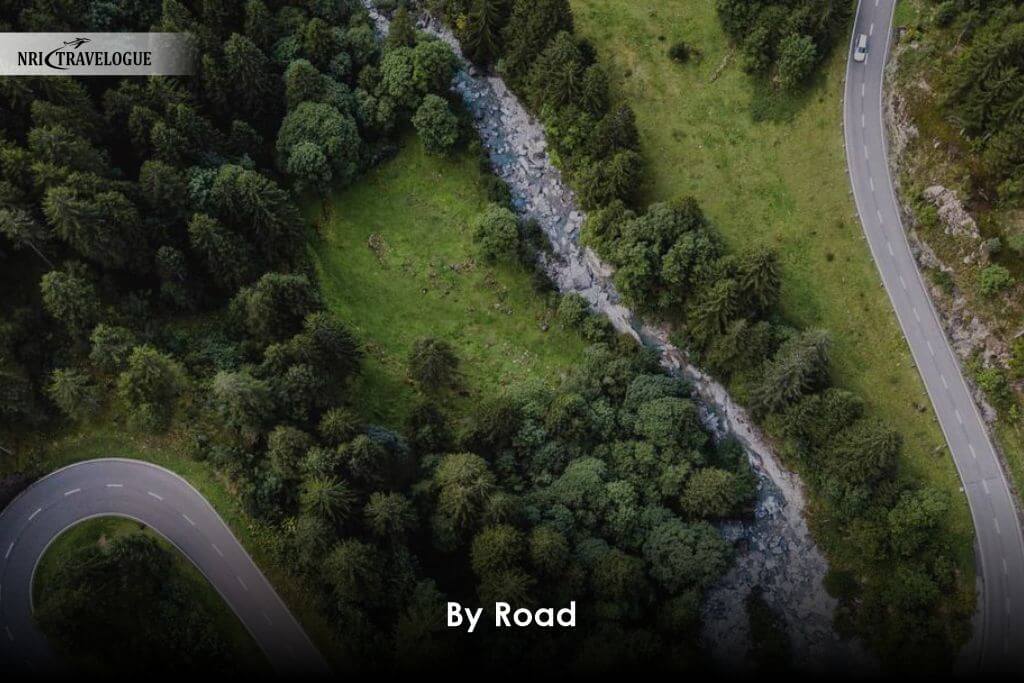
By Air: The nearest airports are Cochin International Airport (around 150 km away) and Coimbatore Airport (around 120 km away).

By Rail: Aluva and Pollachi are the closest railway stations.

Tip from experience: the drive itself is half the joy. Expect twisting mountain roads, small waterfalls, and herds of goats grazing by the roadside. If you can, stop for fresh jaggery and Marayoor jaggery sweets sold by local vendors.
Wildlife and Biodiversity
The sanctuary is famous for its diverse wildlife, but what makes it stand apart is its variety of dry deciduous forests, scrub jungles, and high-altitude grasslands—all in one protected space. This variation creates habitats for animals you rarely find elsewhere in Kerala.
Iconic species: You might encounter elephants, gaurs (Indian bison), sambar deer, spotted deer, and wild boars.
![]()
Predators: Leopards are often sighted, and if you’re extremely lucky, you could come across the endangered grizzled giant squirrel—one of the sanctuary’s flagship species.

Reptiles and birds: Expect to spot star tortoises, numerous snakes, and a wide range of birds, including peacocks, yellow-throated bulbuls, and owls.
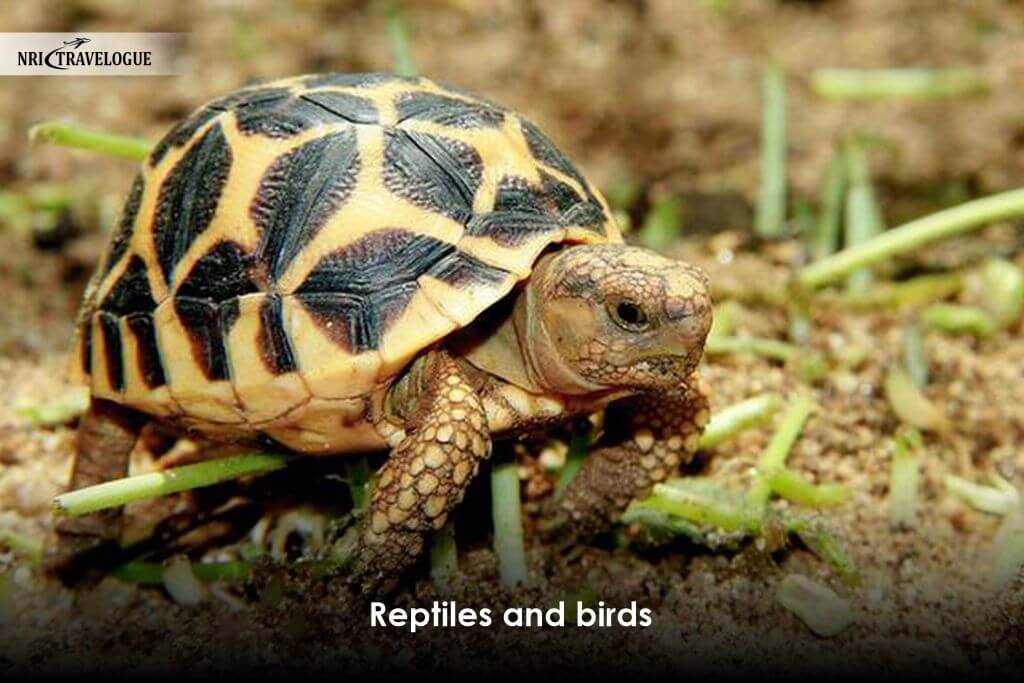
During my visit, I remember waiting quietly at a waterhole in the late afternoon. In less than twenty minutes, I saw a sambar deer cautiously approach to drink, followed by a herd of elephants. The silence of the jungle made the moment surreal—like being part of something far bigger than yourself.
Tip: Carry binoculars and stay patient. Wildlife sightings are not always instant, but the anticipation makes every rustle in the bushes exciting.
Things to Do in Chinnar Wildlife Sanctuary
Chinnar is not just about watching animals from a jeep. It offers multiple ways to engage with nature depending on your preferences.
- Trekking Trails: From easy walks to moderately intense hikes, the sanctuary’s trails lead you through bamboo groves, rocky hills, and riverbanks. Trekking with a local forest guide is mandatory but also rewarding—they share stories about the terrain that you won’t find in guidebooks.
- Camping: One of the most unique parts of Chinnar is the government-run eco-lodges. Imagine spending a night inside a treetop hut or a riverside cabin, listening to nocturnal calls echoing through the forest. It’s not luxury, but it’s certainly unforgettable.
- River Trails: The Thoovanam Waterfalls inside the sanctuary is a must-visit. A guided trek to the falls takes about 3 hours, and it gives you a chance to immerse yourself in the raw energy of the forest.
- Cultural Visits: Chinnar is also home to tribal communities such as the Muthuvas. Respectful cultural interactions are possible with prior arrangement, giving visitors a deeper understanding of how people coexist with wilderness.
What I personally enjoyed most was falling asleep in a jungle hut. The darkness was absolute, with only the moonlight cutting through branches. Then came the sounds—an owl hoot, a deer call, and sometimes the crunch of dry leaves, leaving me wide awake but oddly calm.
Best Time to Visit
The climate here is strikingly different from the rest of Kerala because of its semi-arid conditions. Summers can be hot, while monsoons make the trails slippery.
- October to March: Peak visiting season. Days are pleasant, sightings are easier, and trekking is more enjoyable.
- April to May: Warm but still manageable. Animals often come near water sources, making wildlife spotting more frequent.
- June to September: Monsoon. Avoid if possible, as accessibility becomes limited.
Personally, I visited in January, and it was perfect. Chilly mornings made tea taste better, while afternoons were just warm enough to make a trek enjoyable.
How Long to Stay and Suggested Itinerary
You can technically do a one-day trip from Munnar, but it’s worth staying overnight. Spending more time opens up your chances for varied experiences.
One-Day Plan
- Morning: Drive from Munnar and check in at the Chinnar sanctuary gate.
- Afternoon: Guided trek to Thoovanam Falls or a short wildlife walk.
- Evening: Exit back to Munnar.
Two-Day Plan
- Day 1: Drive, check into eco-lodge, evening trek.
- Night: Overnight stay in treehouse or riverside cabin.
- Day 2: Morning birdwatching trail, cultural tour, or drive to Marayoor to see ancient dolmens and sandalwood forest.
I strongly recommend the two-day plan. The overnight stay makes a world of difference—it lets you see and hear the forest without the usual rush.
Travel Tips for First-Time Visitors
- Permits: Entry tickets and guides are arranged at the forest office near the sanctuary gate. Booking overnight stays requires prior planning through the Kerala Forest Department.
- Clothing: Wear muted colors like brown, olive, or grey to blend with the forest. Bright colors stand out and may alarm wildlife.
- Footwear: Lightweight trekking shoes with good grip are essential. Slippers or sneakers are a recipe for trouble.
- Health & Safety: Carry basic first aid, insect repellents, and plenty of water. Avoid feeding animals and maintain silence during treks.
- Photography: Telephoto lenses are recommended for wildlife photography. Flash is strictly discouraged as it disturbs animals.
One mistake I made during my first visit was underestimating the dryness of the terrain. Carrying extra water bottles is not optional—it’s necessary, even for short treks.
Nearby Attractions
Marayoor Dolmens: Prehistoric burial sites that give a fascinating peek into history.
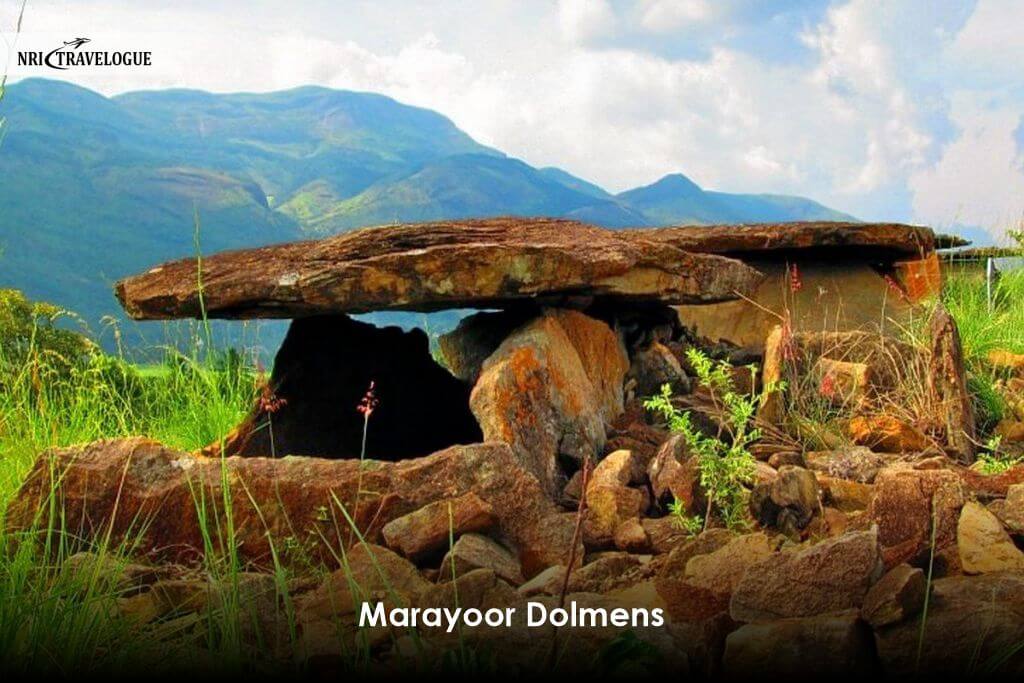
Sandalwood Forests: Marayoor is the only natural sandalwood forest in Kerala, perfect for a short detour.
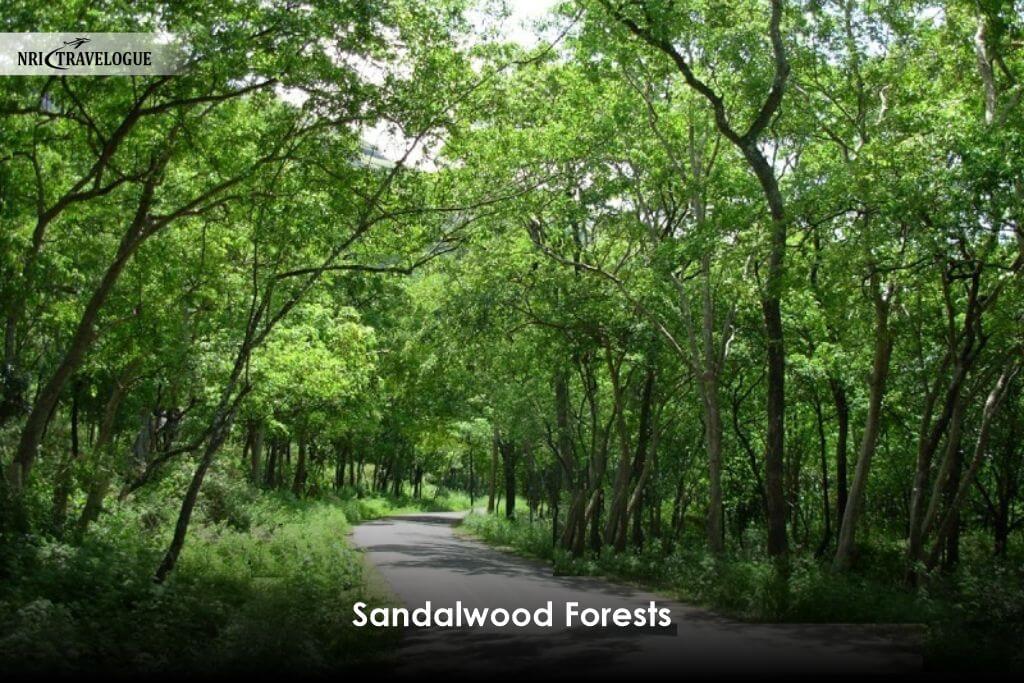
Eravikulam National Park: Located near Munnar, this is home to the endangered Nilgiri tahr and rolling grasslands.
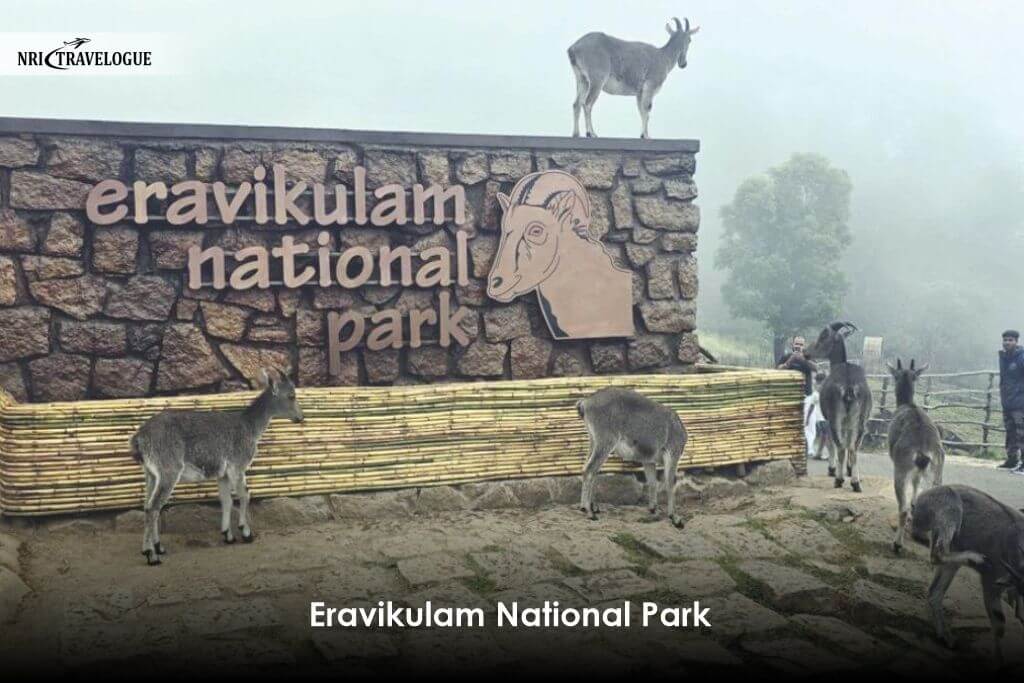
Annamalai Tiger Reserve: On the Tamil Nadu side, it offers a different but equally impressive ecosystem.
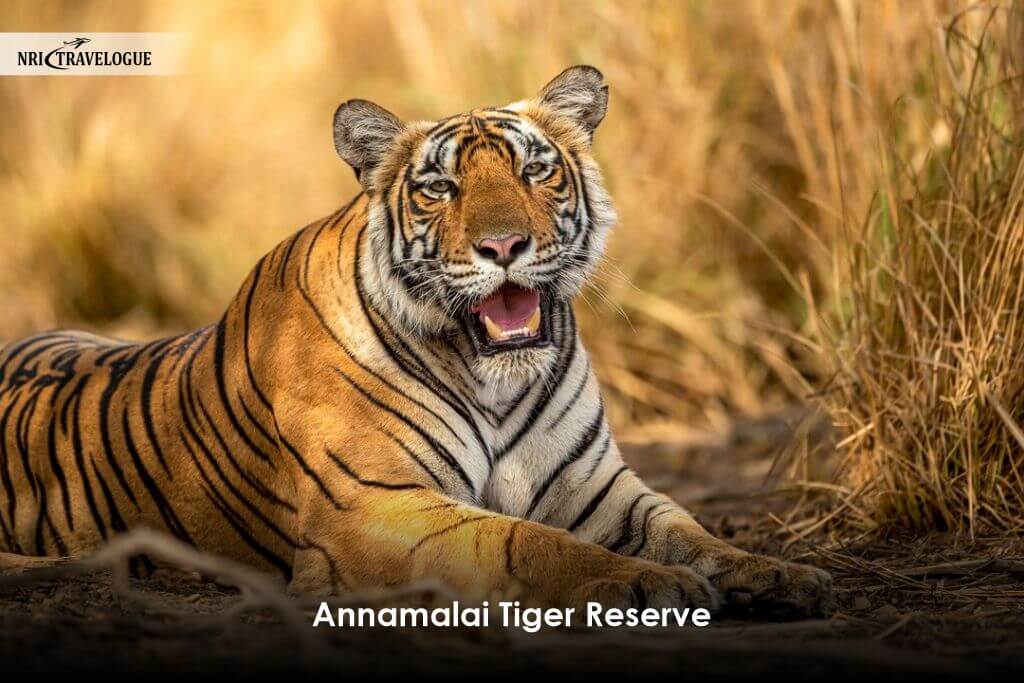
A multi-day itinerary combining these spots with Chinnar creates a perfect blend of nature, culture, and history.
Conclusion
Chinnar Wildlife Sanctuary is not about polished experiences and luxury—its magic lies in its authenticity. It’s a destination for those who want to trade tourist crowds for raw nature, trade resort comforts for eco-stays, and trade noise for silence broken only by bird calls and rushing rivers.
If you’ve already been to Kerala’s mainstream spots, head to Chinnar for something refreshingly real. Plan wisely, pack smart, and keep your heart open to the unexpected—because here, surprises are part of the trip.
Start planning your visit today, and let the untamed spirit of Chinnar show you why some places are best experienced, not just seen.
Chinnar Wildlife Sanctuary is best known for its dry deciduous forests, unique semi-arid ecosystem, and rare wildlife. It is one of the few places in southern India where you can spot the endangered grizzled giant squirrel. The sanctuary also offers eco-tourism initiatives such as treetop huts and riverside camping.
The ideal time to visit is between October and March, when the weather is cooler and more comfortable for trekking and wildlife spotting. April and May are warmer but offer excellent chances of spotting animals near waterholes. The monsoon season (June to September) is not recommended due to heavy rains and poor accessibility.
- From Munnar: It is about 60 km by road through Marayoor.
- From Cochin Airport: Approximately 150 km away.
- From Coimbatore Airport: Around 120 km away.
Hiring a cab or using a self-driving car is the most convenient option as public transport is limited.
Yes. Entry tickets and permits can be obtained at the sanctuary’s forest office near the main gate. Guided treks and overnight stays also require booking through the Kerala Forest Department’s official channels.
Absolutely. Families with children can enjoy nature walks, shorter treks, and cultural visits to nearby Marayoor. However, strenuous treks to waterfalls may not be suitable for very young children. Always follow the forest staff’s instructions for safety.
Wear lightweight, breathable clothing in natural colors such as green, brown, or grey to blend with the forest environment. Carry a hat, sunglasses, and strong trekking shoes. Avoid bright colors and noisy clothing accessories as they may disturb wildlife.
Yes. The sanctuary offers unique eco-lodges like treetop huts and riverside cabins. These accommodations provide a rustic and close-to-nature experience rather than luxury stays. Bookings must be made in advance through the forest department.
Yes, photography is allowed, but flash photography is prohibited as it disturbs animals. If you’re a wildlife enthusiast, carrying a long-lens camera will help capture better shots of birds and animals from a safe distance.









